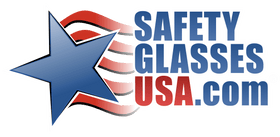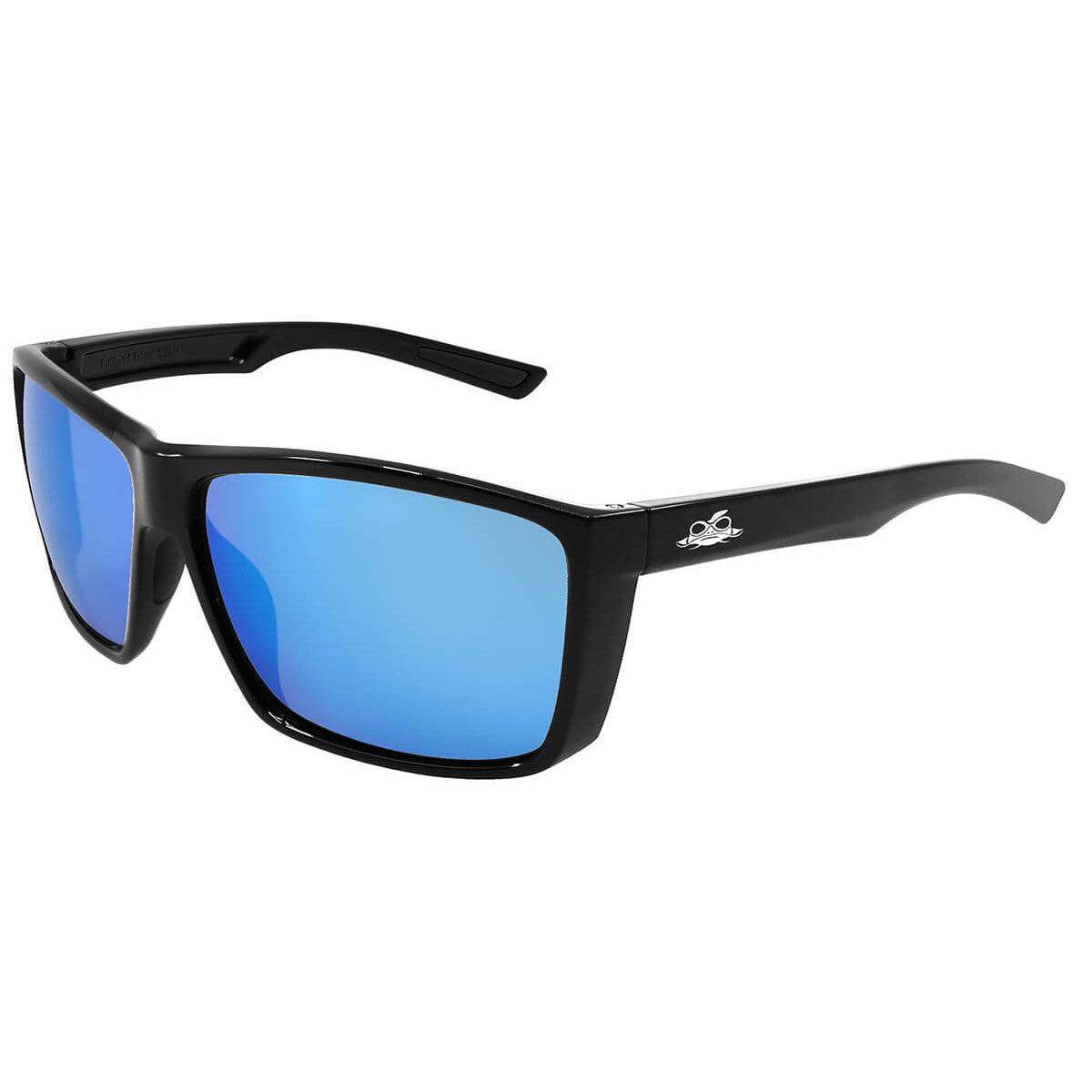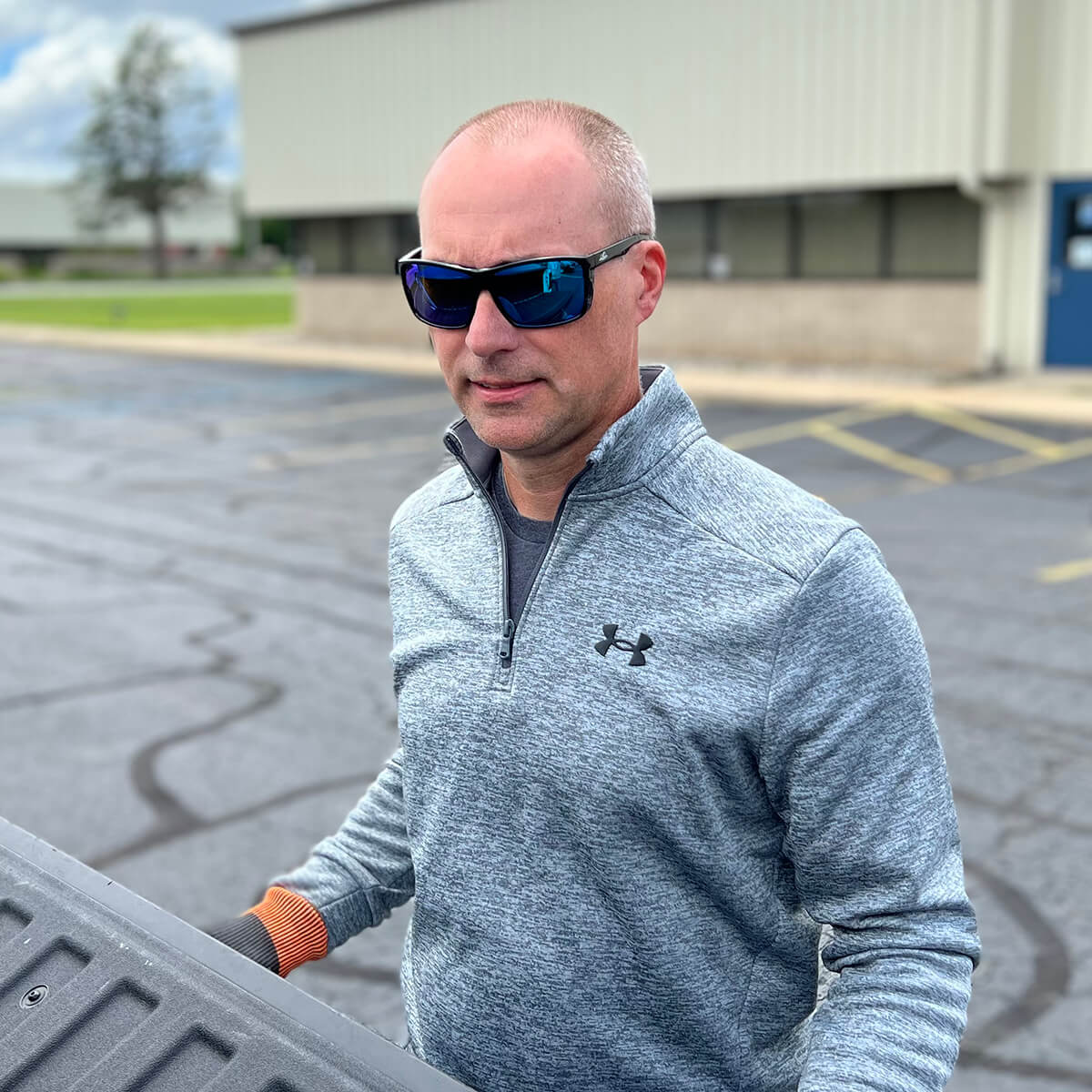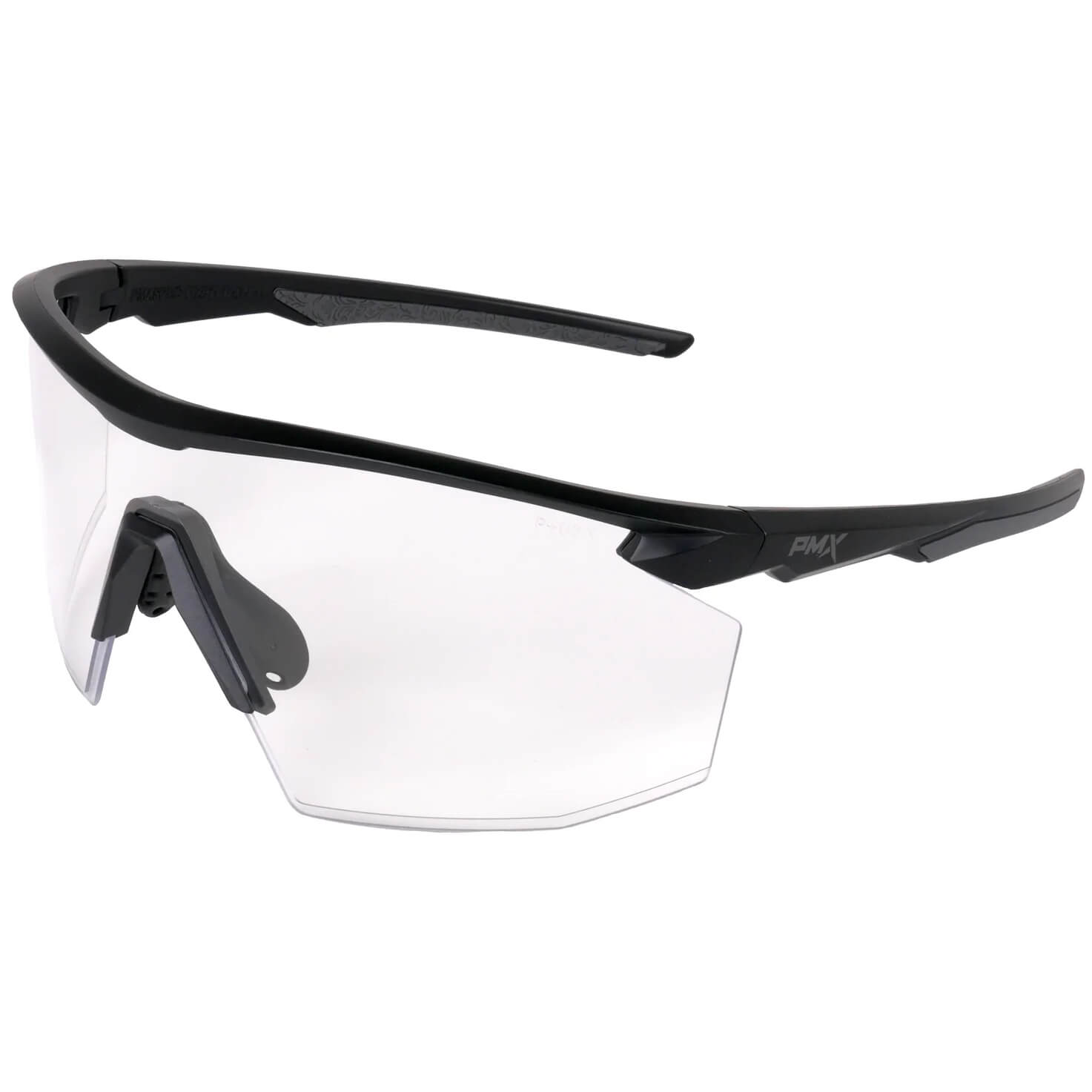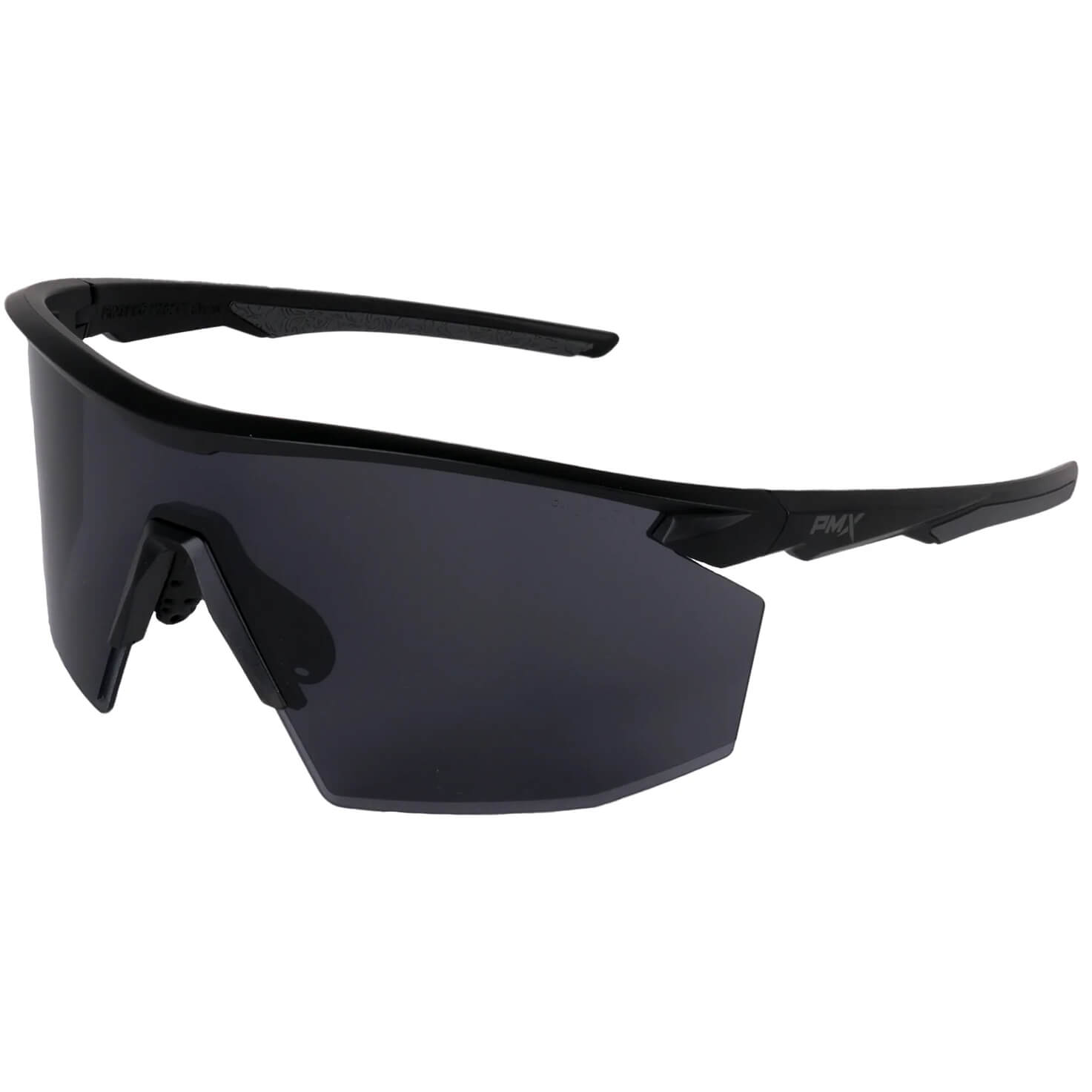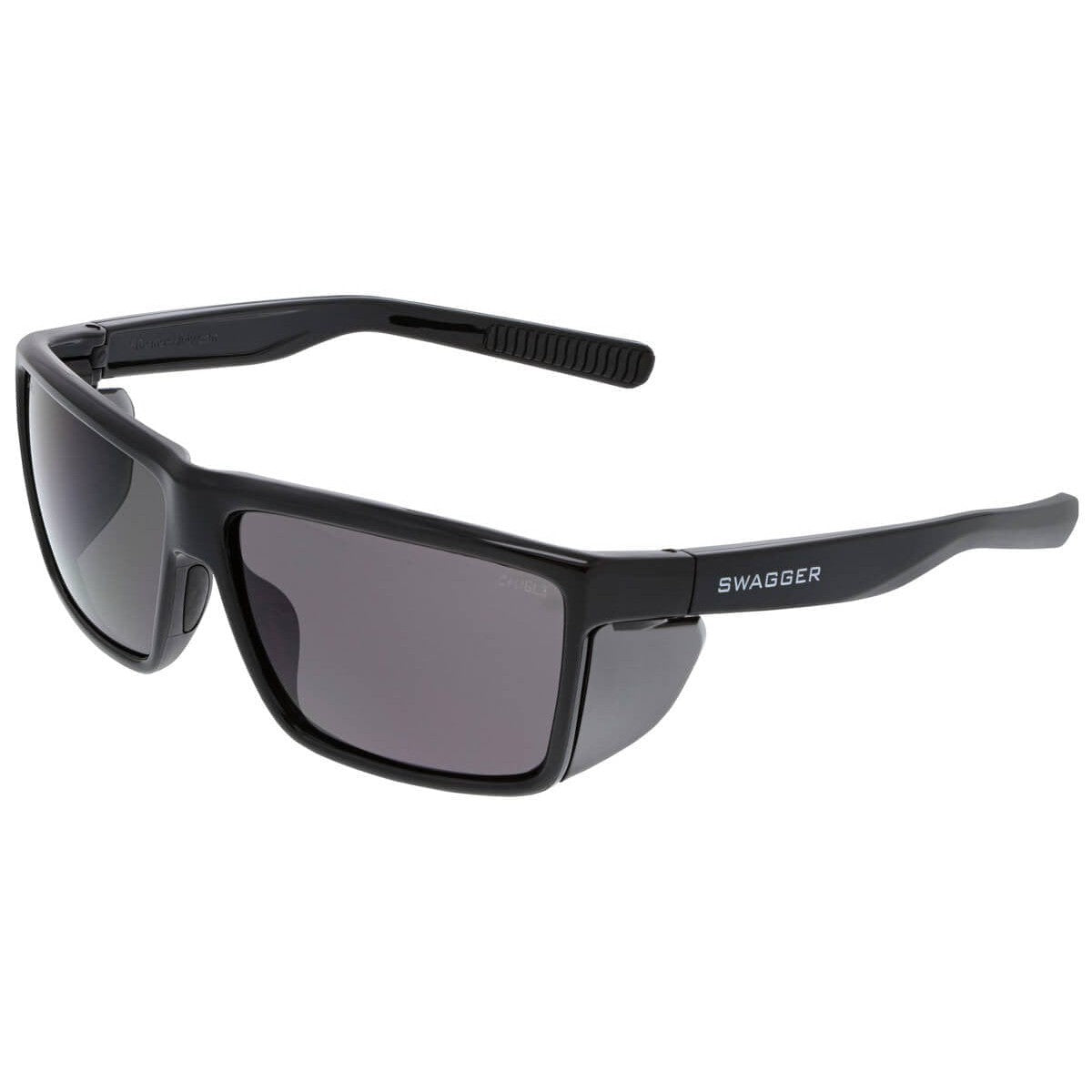Safety Eyewear Myth #1 – Prescription eyewear will work for my safety eyewear.
Your ordinary prescription eyeglasses, even if you add removable side shields, do not provide the level of protection necessary to protect against workplace hazards. To be considered safety compliant, prescription eyewear must meet OSHA standards for high impact protection. Prescription eyewear that meets this requirement is marked with the manufacturer’s trademark and “Z87-2” on the upper/outer corner of the lens. Wearing ordinary prescription street eyewear in the workplace could result in a severe eye injury or even permanent vision loss.
Safety Eyewear Myth #2 – Safety eyewear protects my eyes from all safety hazards.
While safety glasses do an excellent job protecting eyes from everyday impact hazards, they cannot protect from ALL safety hazards. For example, safety glasses cannot adequately protect where liquid splash is a potential risk; therefore, goggles should be worn instead. Keep in mind; safety glasses cannot protect you from EVERY impact either. A projectile with enough velocity or mass could penetrate your safety glasses and cause eye damage. Individuals may need to use a face shield where ultra high-speed or high-mass impacts could occur, such as when using an angle grinder or similar power tools. To determine the best personal protective equipment for your job’s situation, perform a thorough PPE Assessment as recommended by OSHA.

Fortunately, safety glasses stopped this shattered angle grinder disk, but a face shield should have been worn.
Safety Eyewear Myth #3 – Tinted lenses are necessary to provide protection from UV rays.
Lens tints exist for aiding visibility, not UV protection. In fact, shaded sunglasses without UV protection can do more harm than no sunglasses at all because they dilate the pupil and open it up for more exposure to harmful UV light. Fortunately, the vast majority of today’s safety glass lenses are made of some form of polycarbonate, which naturally blocks 99.9% of UV light. So, even safety glasses with clear polycarbonate lenses will provide excellent UV protection.

Safety glasses with clear lenses are capable of offering the same level of UV protection as tinted lenses.
Safety Eyewear Myth #4 – Wearing safety glasses causes vision problems and can damage eyesight.
According to Dr. Gary Heiting, OD of All About Vision, “there is no scientific evidence that suggests wearing safety glasses damages your eyesight.”
While safety glasses themselves do not damage vision, there are reasons they may be the source of problems such as headaches and eye fatigue. Don’t let these annoyances discourage you from wearing eye protection. If wearing safety glasses causes you discomfort there may be an easy solution for eliminating the problem. Read our article titled, “Why Do Safety Glasses Hurt My Eyes” and consider the many options available for remedying the situation.

Consider wearing safety glasses as part of your daily routine at home.
Safety Eyewear Myth #5 – Most eye injuries occur in the workplace, so I don’t need safety eyewear elsewhere.
According to EHS Today, up to 50% of eye injuries happen in the home. And 78% of those individuals were not wearing protective eyewear at the time of injury. Also, 37% of those surveyed said they never wear safety eyewear at home. Because just as many injuries occur at home as in the workplace, make sure you understand the importance of Preventing Eye Injuries at Home. Wearing protective eyewear during home activities will reduce your chances of an eye injury dramatically.
